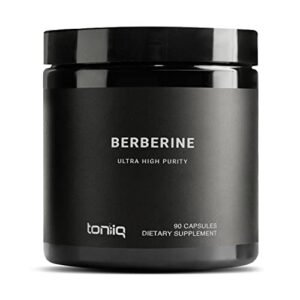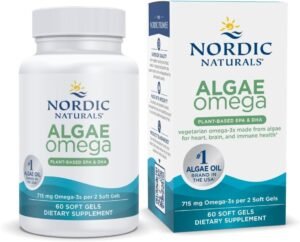A Step-by-Step Guide to Your Skincare Routine
Achieving radiant and healthy skin requires a consistent and effective skincare routine. This guide breaks down each step, ensuring you know what to include and why it matters, backed by science.
Step 1: Cleansing
Start with a gentle cleanser to remove dirt, oil, and makeup from your skin. Cleansing prepares your skin for the following steps by ensuring it’s clean and fresh.
- Use a cleanser suited for your skin type (e.g., gel for oily skin, cream for dry skin).
- Rinse with lukewarm water to avoid stripping oils.
A study in the Journal of Dermatological Treatment emphasizes the importance of using a non-irritating, pH-balanced cleanser to maintain the skin’s protective barrier.
Step 2: Exfoliation
Exfoliating helps remove dead skin cells, promoting skin renewal and improved texture. Limit this step to 2-3 times a week to avoid over-exfoliating.
- Opt for chemical exfoliants like alpha-hydroxy acids (AHAs) for sensitive skin.
- Physical exfoliants (like scrubs) are ideal for normal to oily skin types.
Research in Clinical, Cosmetic and Investigational Dermatology highlights that regular exfoliation can enhance the effectiveness of topical treatments by unclogging pores.
Step 3: Toning
Toning helps balance your skin’s pH, tighten pores, and refresh the skin. Look for alcohol-free toners to prevent dryness.
- Apply toner with a cotton pad or tap gently onto your face with clean hands.
According to a study in the Journal of Cosmetic Dermatology, toners containing ingredients like witch hazel or rose water can provide calming and anti-inflammatory effects.
Step 4: Serums & Treatments
This is the step to apply treatments targeting specific skin concerns like acne, hyperpigmentation, or wrinkles. Serums are concentrated and penetrate deeper into the skin.
- Look for serums with active ingredients such as vitamin C for brightening or hyaluronic acid for hydration.
Articles in Dermatologic Therapy confirm that serums with antioxidants can neutralize harmful free radicals, protecting the skin’s integrity.
Step 5: Moisturizing
Moisturizers lock in hydration and create a protective layer on the skin. Choose one based on your skin’s needs—gel moisturizers for oily skin and creams for dry skin.
- Apply a pea-sized amount to your face and neck.
The American Academy of Dermatology emphasizes that regular moisturizing keeps the skin hydrated and reduces the appearance of fine lines and wrinkles.
Step 6: Sun Protection
Daily use of sunscreen is crucial, even on cloudy days. It protects against harmful UVA and UVB rays, preventing premature aging and skin cancer.
- Select a broad-spectrum sunscreen with at least SPF 30.
- Apply generously to all exposed skin before stepping outside.
Studies confirmed by the Skin Cancer Foundation demonstrate that consistent sunscreen use significantly reduces the risk of developing skin cancer.
Follow these steps daily for a healthier, more vibrant complexion. Not only will your skin look better, but it will also be protected from environmental stressors and maintained at its peak health.
Always tailor your skincare routine to your personal skin type and concerns for the best results. Remember that what works for someone else might not work for you, so it’s essential to listen to your skin and adjust accordingly.












